Climate crisis
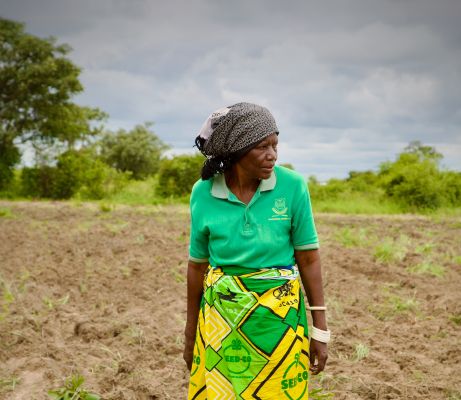
Rising temperatures and extreme weather are having a huge impact on already vulnerable communities.

Everyone should have enough nutritious food to eat. But 333 million people live in food insecurity across the world.
There’s plenty of food to go round – the world produces enough to feed everyone. But not everyone can get access to the healthy, nutritious food they need.
Food prices are increasing, and many people don’t have the money to survive. Others can’t get to food safely, whether that’s at the market or on their own land, due to conflict and climate-related disasters.
Food insecurity is when a person cannot guarantee a steady, daily supply of safe and nutritious food to live a healthy life. That means they are going to bed hungry every single day.
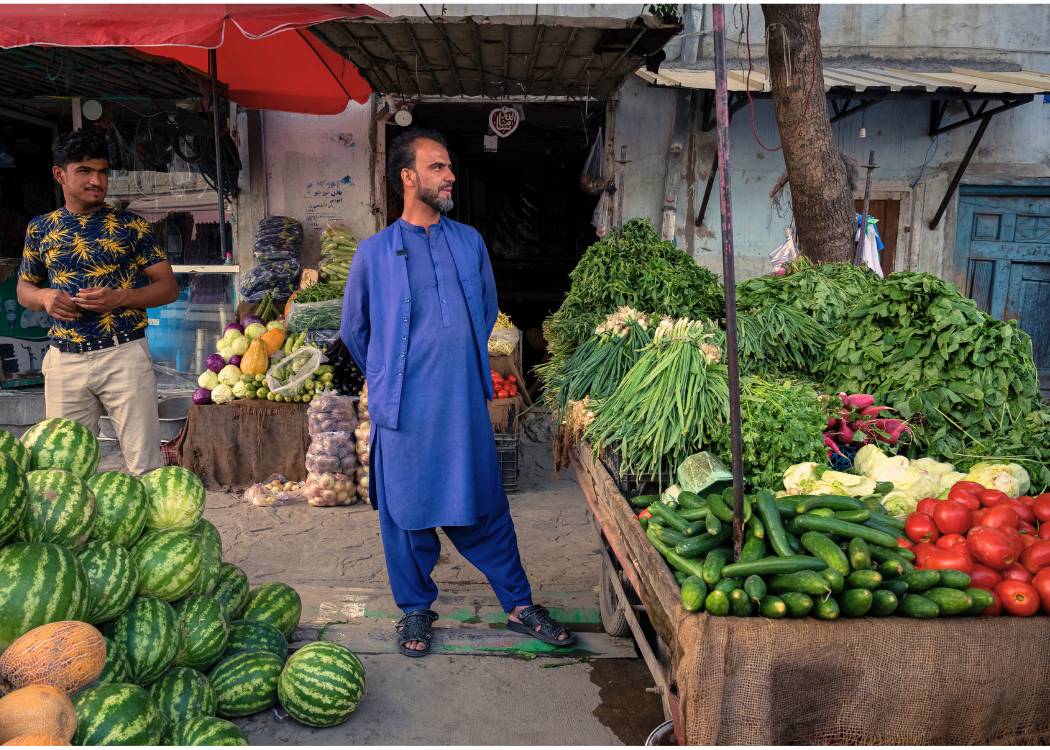
Poverty and not having enough money is majorly threatening food security. And whatever the initial cause, poverty always makes the situation worse.
Both climate change and conflict are causing rising food prices. And, when you have little money, this becomes a big problem.
Conflict and violence can stop people accessing food supplies. And climate change and natural disasters can reduce the food available in a particular area, leading to food shortages.
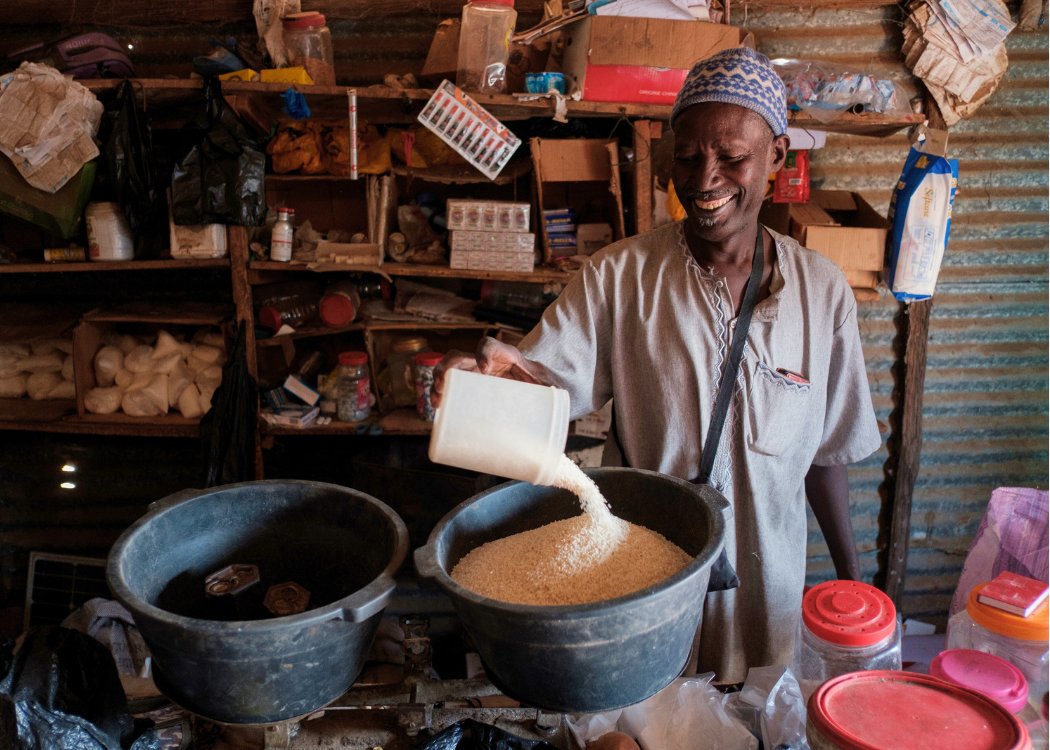
Food insecurity is divided into two categories:
333 million people face food insecurity across the globe.
In 2023, we reached 2.3 million people with our livelihoods programmes.
We run 252 nutrition programmes around the world.
We can only solve the problem of food security being threatened by ensuring that everyone has access to enough food. That means we need to make sure:
We run livelihoods programmes across the world, always working with local communities to make sure we meet their specific needs.
Many of our programmes are designed to boost families’ income so that people can make money, live well and buy what they need to survive and thrive.
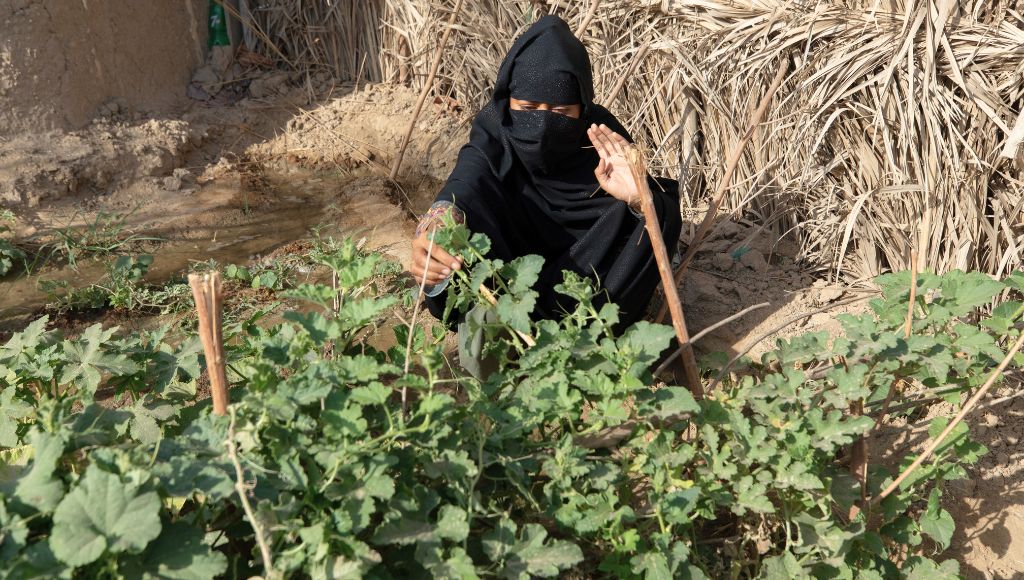
Around 80% of people who experience hunger live in rural areas – and the majority of them are small-scale farmers. So it makes sense that we focus on them.
We help farmers in all sorts of ways: by reclaiming their land, regenerating soil, sharing knowledge on drought-resistant crops and growing nutrient-rich produce.
By improving the soil quality, small-scale farmers are able to grow more crops – enough to feed their families - and provide fodder for their animals, which are a key source of income.
Building resilient local food systems and protecting the soil not only feeds hungry families now, but will be critical to avert large-scale future shortages. And it will help ensure food security and good nutrition for all.
The Diffa region of Niger has faced crisis after crisis. Climate change has led to increased droughts which erode soil fertility and put crops and livestock at risk. The local communities have had little choice but to abandon their land.
Working with the University of Diffa we’ve been testing innovative farming techniques to restore the land. For example, community farmers in Niger have been experimenting with plant spacing, adding compost to the soil and using natural deterrents like neem juice and herbs to combat pests.
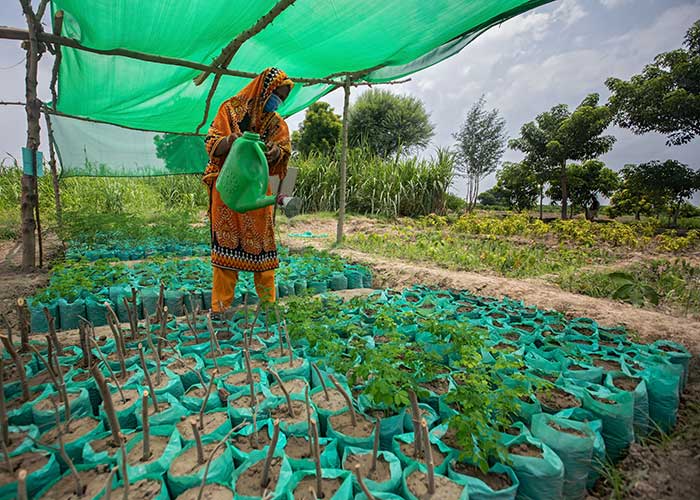
How we’re supporting communities in Pakistan to get the nutrients they need to maintain healthy diets.

Rising temperatures and extreme weather are having a huge impact on already vulnerable communities.
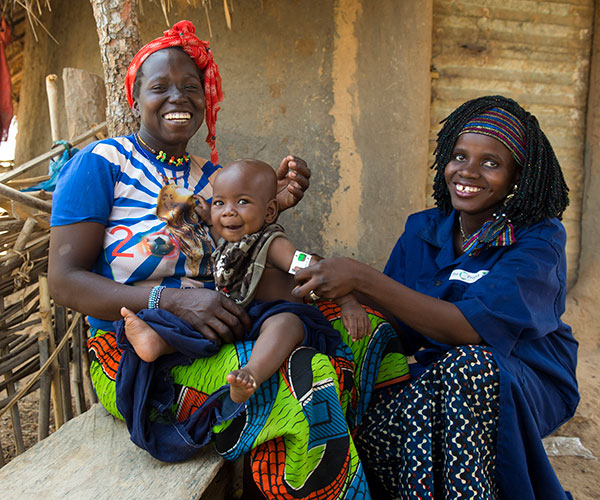
Providing children with the nutrition they need means they can fulfil their potential and build a brighter, healthier future.
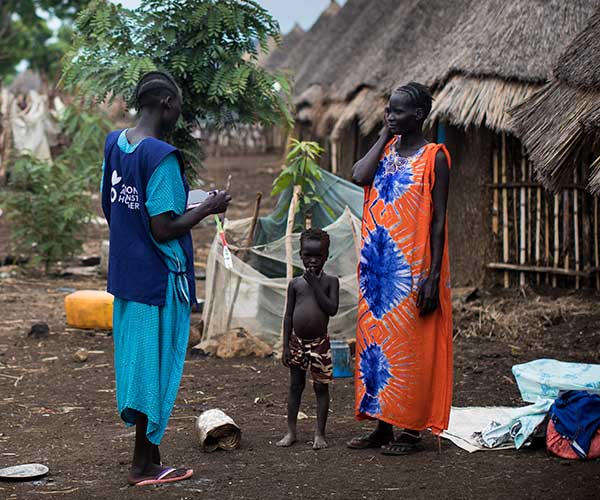
Most people facing hunger and malnutrition in the world today can be found in countries affected by conflict.